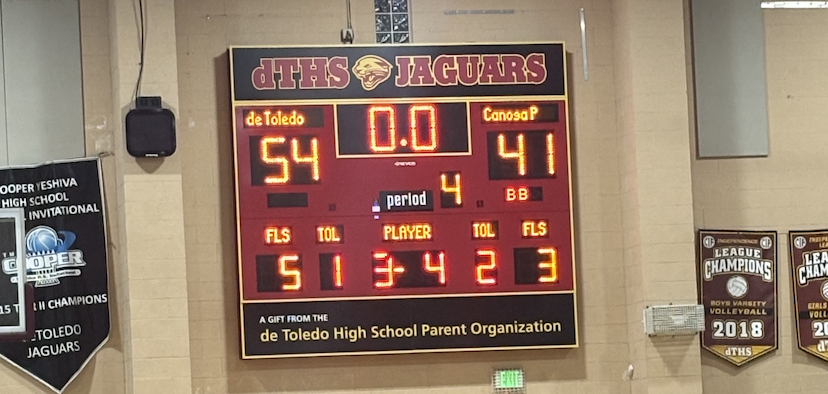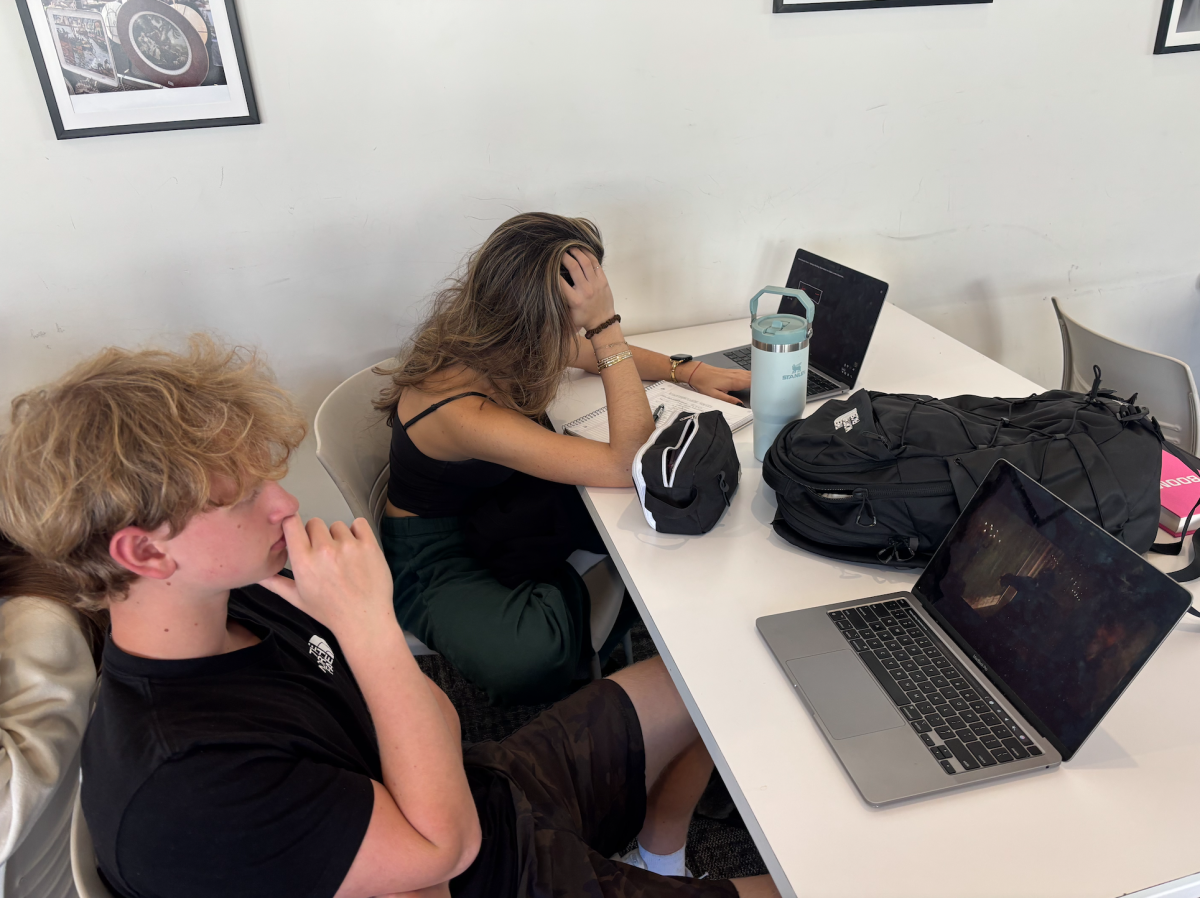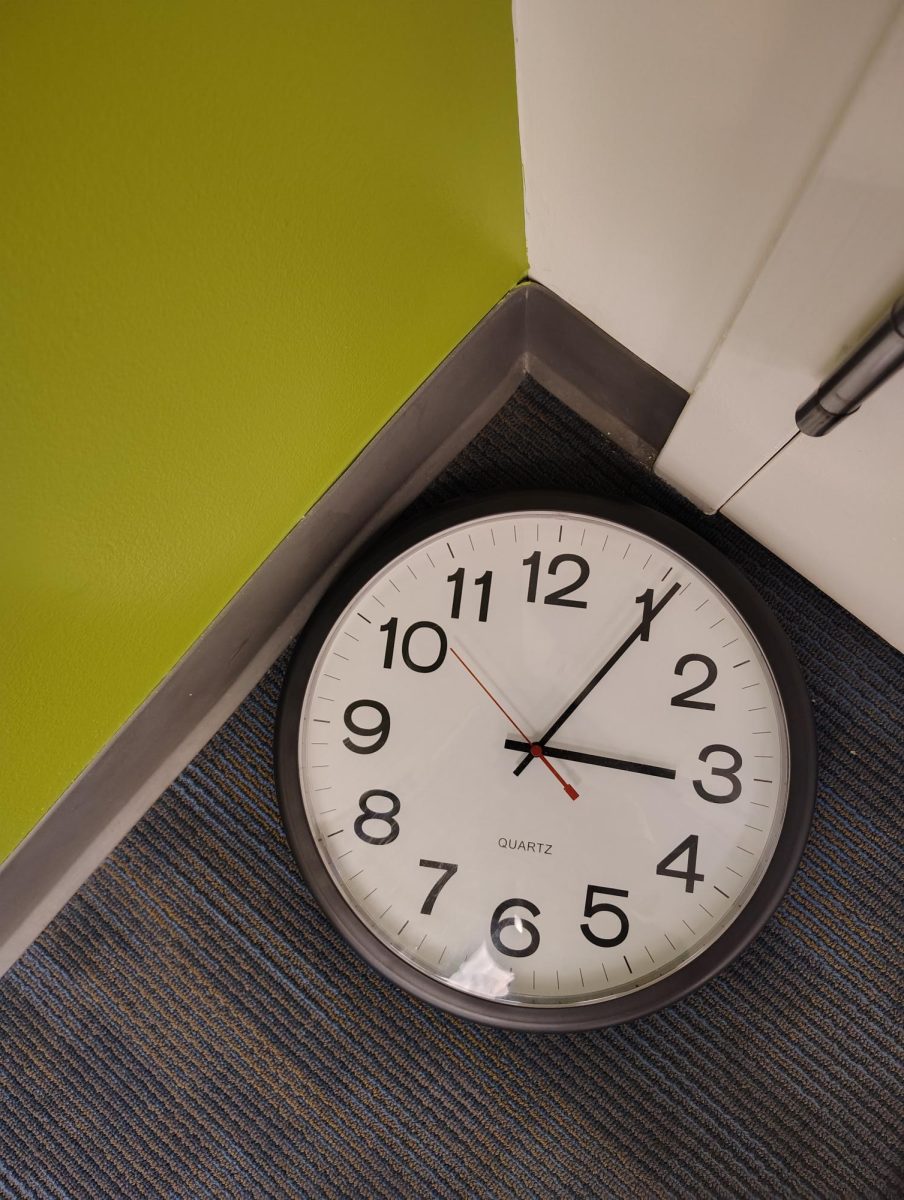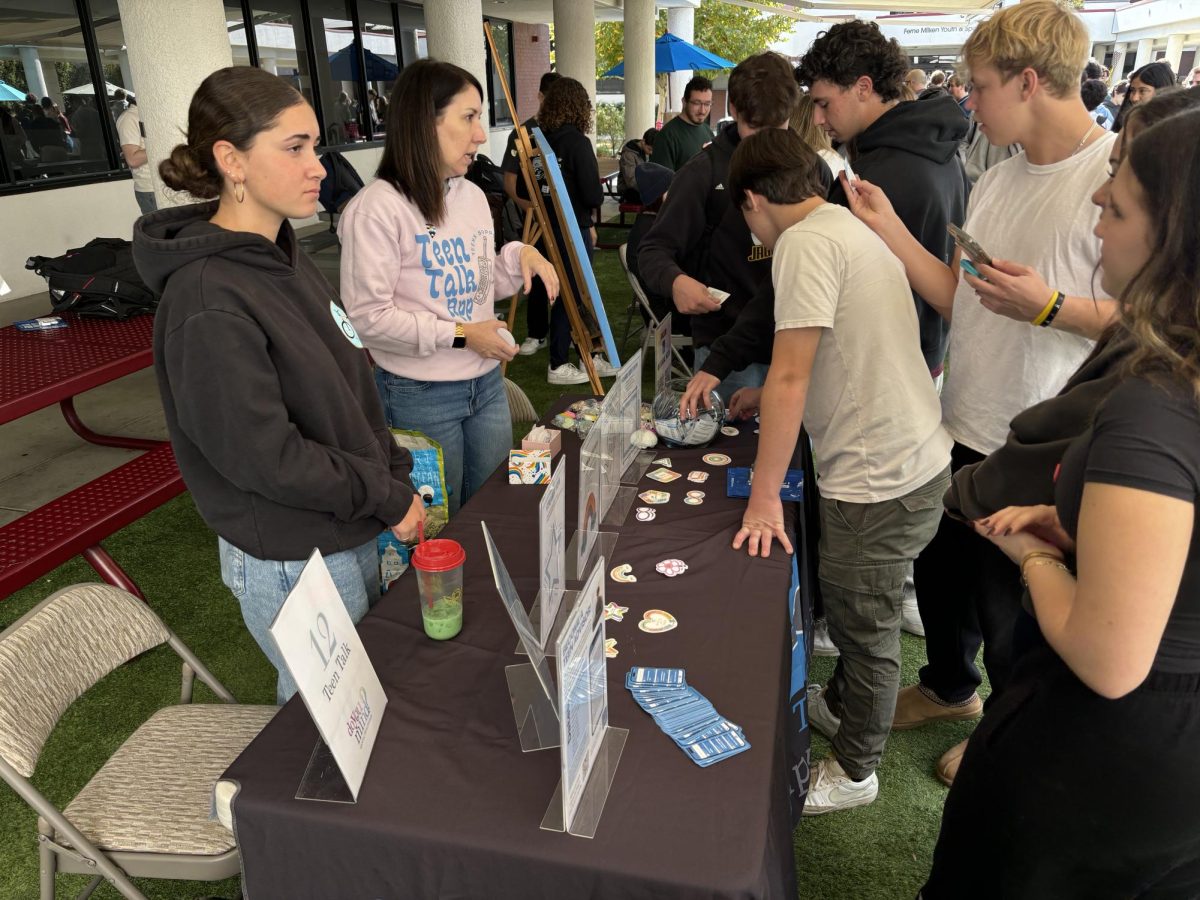de To-Frío High School
January 25, 2017
“To start operation, press the ON/OFF button on the remote. Press the operation mode button and select the operation mode 2. Different modes include: cooling mode, drying mode fan mode, and heating mode.”
These are instructions from Mitsubishi on how to operate a ducted air conditioner. I provide them in hopes that the school finally learns how to operate the air conditioning system, so students are not suddenly freezing cold or sweltering hot in their classrooms.
While you’ve been reading the first two paragraphs, you may be wondering, what is frío? “Frío” was implemented into the title, cleverly I may add, because it means cold in Spanish. And “cold” is the word commonly used to describe classrooms at de Toledo High School.
But de Toledo classrooms aren’t just thought of as cold. Temperatures in each classroom range widely, as some can be very cold, very hot, or normal, which often exasperates many students.
Sophomore Emily Holden is one of these exasperated students. She said, “I think the school should control the air conditioning better so that when I walk into Hebrew in the morning it doesn’t feel like 100 degrees and then in my next class it feels like 40 degrees. It is very annoying. Especially because I have to put my jacket on and off constantly.”
Emily is one of many students who are constantly taking layers on and off in order to keep a stable internal temperature. This is especially true with the current chilly and pouring conditions.
But not all students are “annoyed” by the classroom temperatures, with junior Elliot Freeman having this to say: “I enjoy the cold and hot classrooms, but the classrooms that are colder help me learn better.”
Sophomore Ben Pfiefer also alluded to this when saying, “Cold classrooms are better because there are studies shown that when the classrooms are hot you are more likely to fall asleep, so cold classrooms would actually keep you awake and focused on their learning.”
What Ben is saying is partially true. A study by Loyola University showed that student memory was at an optimal level when the temperature was 72 degrees, and that student memory in classrooms at 80 or 64 degrees was negatively impacted.
The reason for this comes from the late St. John’s professor Rita Dunn and with her husband Kenneth Dunn, who teaches at Queens College. The reasoning is that when a student is exposed to a temperature that is not at the normal level, it can often make the student think a lot about their condition of being exceptionally hot or cold.
Many times the student will focus more on this than classroom material. But the interesting thing is that the response to temperature varies from person to person, as some will think about themselves being hot, others cold, and many both.
Though the classroom temperatures at de Toledo provoke heated debates, I have an intricate, sophisticated, master plan: make sure each classroom stays at normal room temperature. This plan will allow each student to finally be able to walk into a classroom without getting frostbite or heatstroke.
In other words, make air conditioning great again.



























